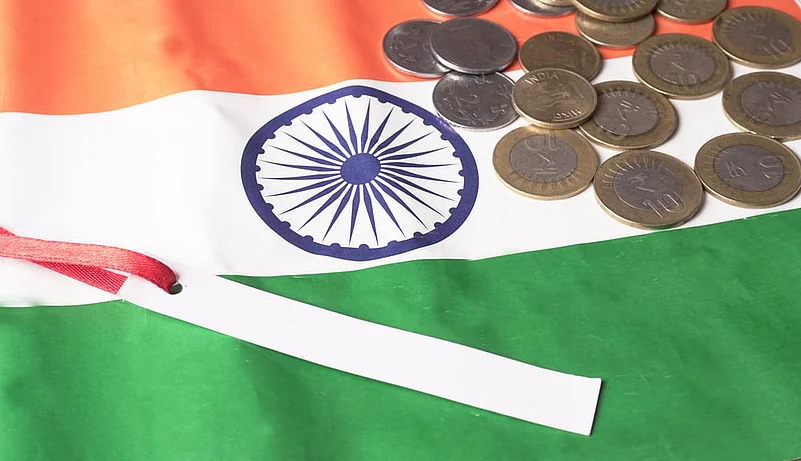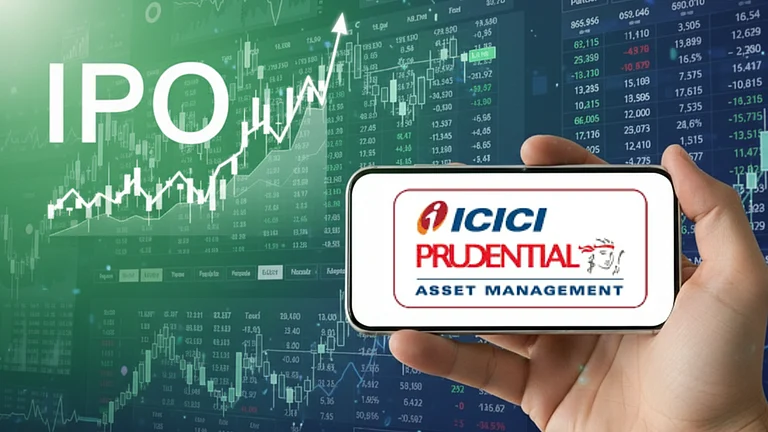The second Covid wave has been stabilising, with declining 7-day moving average of daily new cases for the past few days, indicating that the peak is mostly behind us. Furthermore, daily recovered cases are now higher than daily new cases, and the gap between the two is much higher than what was observed during the first wave peak.
Ecowrap, the predictive model developed by SBI, claims there is another reason to cheer, as GST revenues have set a new record at Rs 1.41 lakh crore in April 2021 and Rs 1.03 lakh crore in May 2021. The report, authored by SBI Chief Economic Adviser Soumya Kanti Ghosh, claims average state GST (SGST) collection was Rs 29,137 crore for Apr-May ’21, while the average nationwide GST (IGST) collection was Rs 60,840 crore, 50 per cent of which should ideally be provided to states. The report also shows that monthly average cess collection was Rs 9,355 crore. If we combine all three figures, the average monthly revenue for states would be Rs 68,912 crore for this year. If we calculate the yearly figure on this number, the overall revenue would be Rs 8.27 lakh crore.
The Ecowrap team collected data for almost all states and found the combined budgeted SGST and cess estimates were Rs 7.67 lakh crore. Clearly, if the positive trend in GST continues, providing states their due might not be a significant challenge for the Centre, barring a third pandemic wave that forces the Centre to borrow on a large scale to compensate states.
There are three scenarios possible, and all show a marginal revenue gain of Rs 1,131 crore for states in the best case, and a shortfall of Rs 79,147 crore in the worst case.
Notwithstanding the cautious approach adopted by the Centre, which has said it could be borrowing Rs 1.58 lakh crore to compensate states, the recent steps taken by it will have some impact on its finances. The extension of Pradhan Mantri Garib Kalyan Anna Yojana from July till end-November 2021 is expected to cost Rs 91,000 crore, while vaccinating 75 per cent of 18+ adults is expected to lead to an additional burden of Rs 13,851 crore. This number could go up if India signs vaccine purchase agreements with foreign companies. As of now, the assumption is that vaccination cost would be Rs 400 per dose.
The Centre has also been cautious in budgeting its excise revenue at Rs 3.35 lakh crore. However, if it continues to levy the same taxes as of now, based on SBI’s assumptions of petrol and diesel consumption, the excise revenue could increase by Rs 76,339 crore from the budgeted estimates.
Thus overall, the report shows the government’s finances don’t look overstretched, as GST collections have continued to maintain pace because of persistent government efforts in plugging loopholes. The government had already factored in some of the vaccination cost. The report forecasts a fiscal impact of around Rs 28,512 crore because of all these measures. Without ruling out disruption to government finances in subsequent months, as economic activity picks up modestly, the report says the space for monetary accommodation is over and only a proactive fiscal policy can rekindle animal spirits and growth. Inflation numbers (both WPI and CPI) are likely to show a significant uptick, just like US inflation numbers. In such a scenario, the report says RBI will face a multiplicity of challenges to reinvigorate growth, support a stable rupee and face an inflation uptick that has all the prospects to turn ugly with a marauding global commodity cycle.













